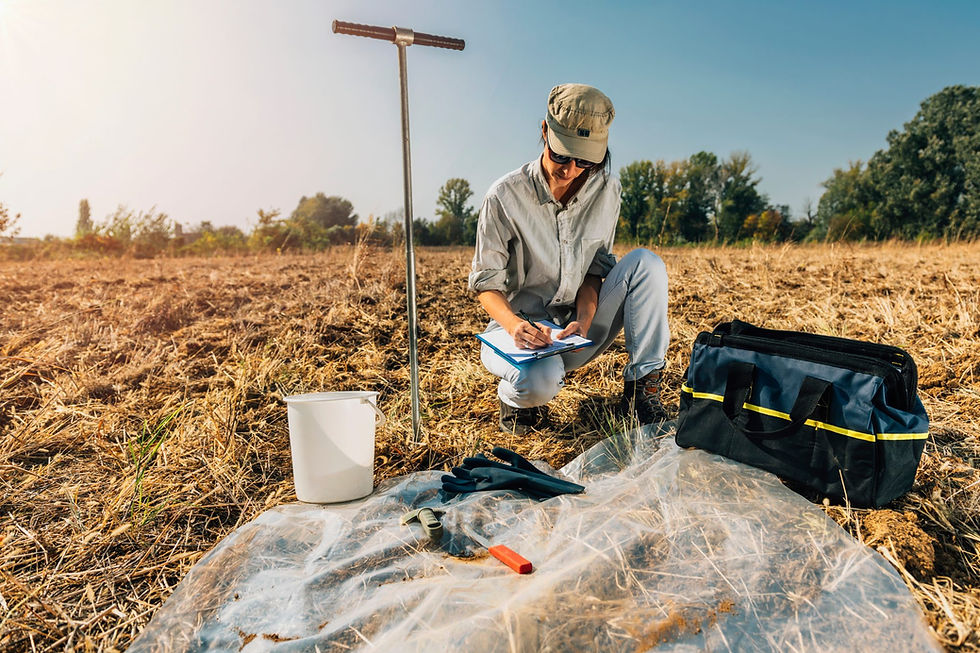
Phase I Environmental Site Assessments (ESA)
A Phase I Environmental Site Assessment (ESA) is a process of evaluating a property's past and current use to identify potential environmental liabilities. The goal of a Phase I ESA is to identify recognized environmental conditions (RECs) that may be present at the property and to assess the potential impact of those conditions on the property and its value.
The assessment typically includes:
A review of historical records, including aerial photographs, topographical maps, and historical land use records
Interviews with current and past property owners, operators, and tenants
A visual inspection of the property and surrounding areas
The main goal of a Phase I ESA is to identify any potential environmental liabilities that may be associated with a property, such as hazardous materials or underground storage tanks, and to assess the potential impact of those liabilities on the property and its value. If potential environmental hazards are identified during the assessment, a Phase II ESA may be conducted to gather more detailed information about the conditions.
A Phase I ESA is a crucial step in the due diligence process for commercial real estate transactions, and it is also required by some lending institutions and governmental agencies. It is important that the assessment is conducted by a qualified environmental professional and that the results are used to inform the property acquisition or development process and to ensure compliance with relevant regulations.
